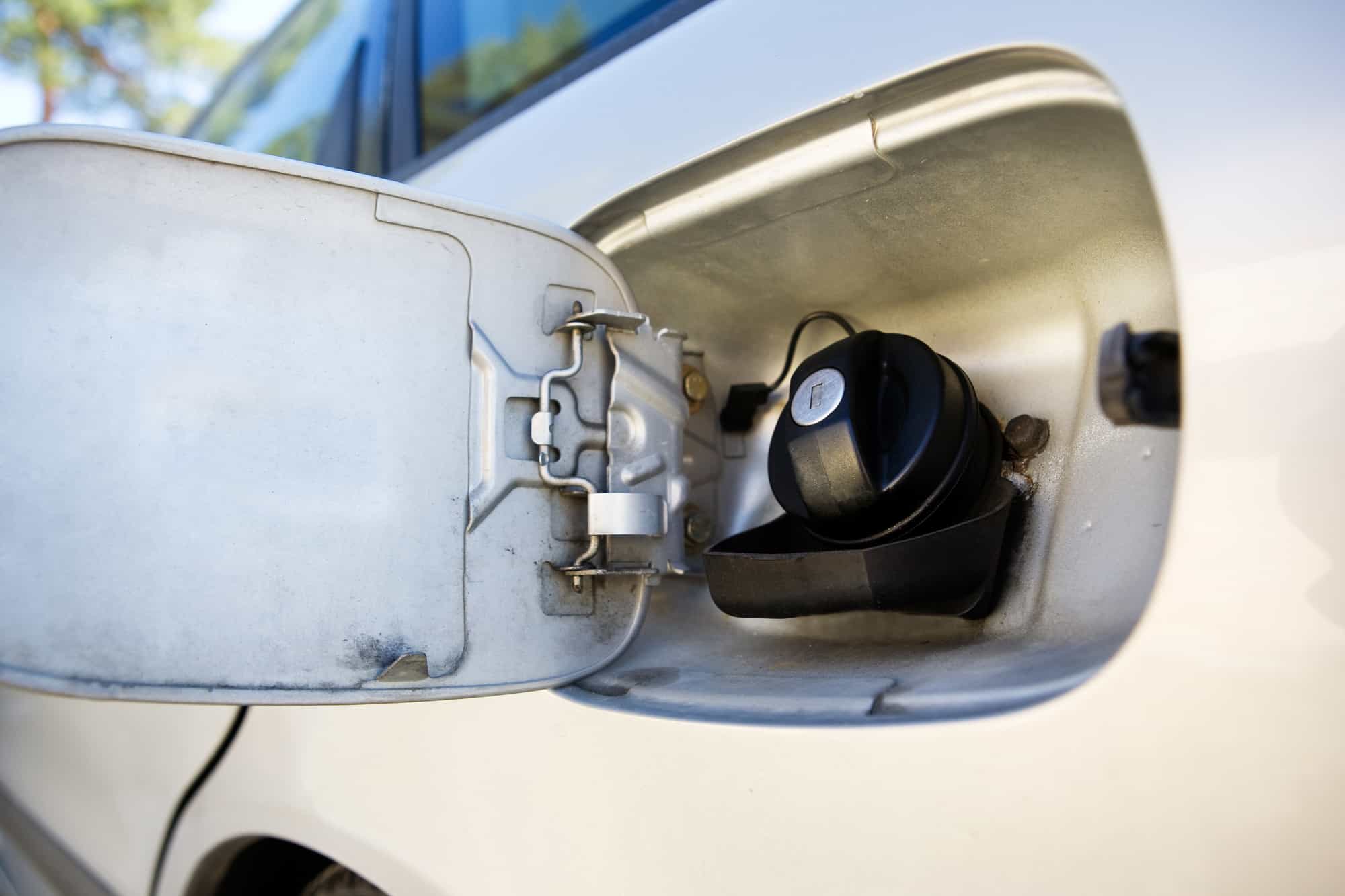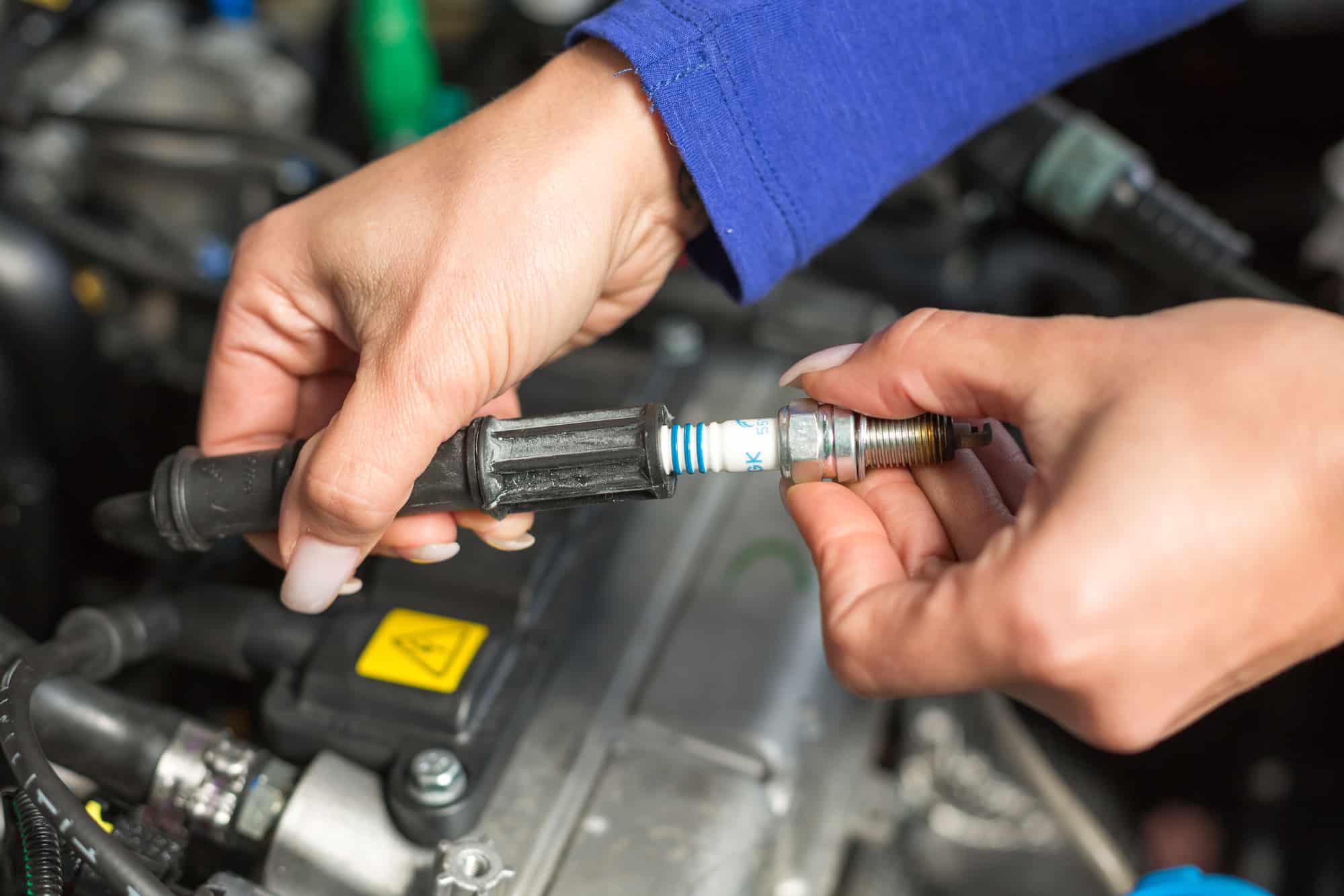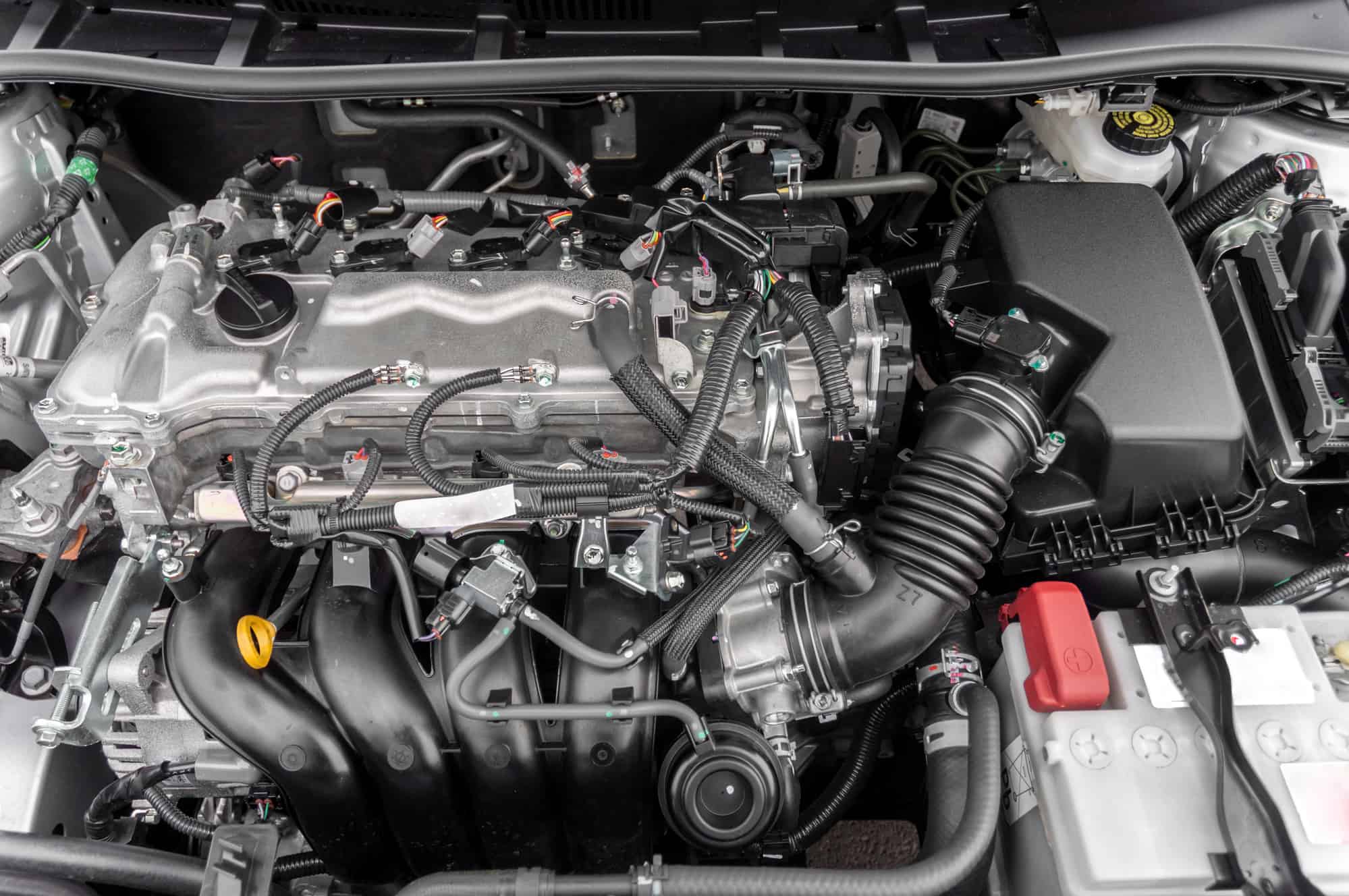Key Points
- C1003 fault code indicates wheel speed sensor signal or wiring issues.
- Thorough sensor circuit check is crucial for accurate diagnosis.
- Impact of open circuits or shorts on ABS and stability control.
- Proper diagnosis ensures timely replacement and ABS efficiency.
- Understanding resistance values aids in pinpointing circuit problems.
Criteria for Wheel Speed Sensor Faults
When diagnosing wheel speed sensor faults, understanding the criteria for setting the C1003 fault code is key to pinpointing issues accurately.
The C1003 fault code is triggered by the Engine Control Module (ECM) when it detects an open or short circuit in the wheel speed sensor system.
This fault code may indicate a malfunction in the wheel speed sensor signal or wiring.
If erratic or inconsistent wheel speed sensor signals are detected, it can lead to the setting of the C1003 fault code.
To diagnose this issue effectively, it’s essential to thoroughly check the sensor circuit for any faults, ensuring there are no open or short circuits present.
Proper diagnosis of the wheel speed sensor system is vital in resolving the C1003 fault code, as it helps in identifying and rectifying any underlying issues with the sensor signal or wiring, ensuring the vehicle operates smoothly.
Impact of Electrical Circuits
Understanding the impact of electrical circuits is essential when dealing with wheel speed sensor faults. Here are three key points to keep in mind:
- Role in Wheel Speed Variations: Electrical circuits play a significant role in detecting changes in wheel speed.
They enable the transmission of data to the ABS controller, ensuring the system can accurately adjust braking force based on individual wheel speeds.
- Effects of Circuit Issues: Open circuits or shorts in the electrical system can disrupt the flow of information from the wheel speed sensors to the ABS controller.
This can result in inaccurate wheel speed readings, leading to potential safety hazards on the road.
- Importance of Resistance Values: Maintaining resistance values within the ideal range of 1,000 to 2,500 ohms is essential for proper sensor function.
Understanding circuit integrity is key to diagnosing faults and effectively resolving issues related to wheel speed sensor malfunctions.
Identifying Circuit Issues
In identifying circuit issues related to wheel speed sensors, perform a bias voltage test using the ABS module.
This test helps detect common problems like open circuits, short circuits, and high or low resistance in the sensor circuit.
Wheel speed sensors should typically have a resistance between 1,000 to 2,500 ohms for proper functioning. Factors such as exposure to heat and moisture can compromise the integrity of the circuit and sensor performance.
By conducting this test, you can pinpoint issues affecting the wheel speed sensor’s functionality.
If the sensor exhibits abnormal resistance levels or fails the bias voltage test, it may indicate a problem within the circuit.
Understanding these circuit issues is essential for accurately diagnosing and resolving wheel speed sensor faults.
Remember to inspect for signs of damage, corrosion, or loose connections that could impact the sensor’s performance during the bias voltage test.
Diagnostic Procedures for Speed Sensors
To diagnose speed sensor issues effectively, start by conducting thorough diagnostic procedures to test for various electrical faults. Here are three essential steps to keep in mind:
- Perform diagnostic procedures: Check for open circuits, short circuits, and measure resistance levels to identify any high or low resistance issues in the speed sensor circuit.
- Conduct bias voltage tests: Utilize bias voltage tests to pinpoint any electrical faults within the wheel speed sensor circuit, helping to identify potential problems accurately.
- Inspect waveform abnormalities: Scope the speed sensors to detect any waveform irregularities, which could indicate problems with the reluctor or encoder rings.
Understanding resistance values and voltage signals in the circuit is vital for a precise diagnosis of speed sensor faults.
By following these steps diligently, you can effectively diagnose and address speed sensor issues, ensuring accurate and reliable functioning of the vehicle’s braking system.
What Causes Wheel Speed Sensor Faults and How to Fix Them?
The front right wheel speed sensor can fail due to debris buildup, wiring issues, or sensor damage. To fix it, first inspect the sensor and surrounding area for any obstructions. Next, check the wiring for any damage or corrosion. If everything looks good, it may be time to replace the sensor.
Importance of Proper Diagnosis
Proper diagnosis of C1003 wheel speed sensor faults is essential for pinpointing the exact issue accurately.
When dealing with C1003 faults, understanding the symptoms and utilizing diagnostic tools like OBD scanners and multimeters are vital in identifying whether the problem lies with the sensor, wiring, or other underlying issues.
Misdiagnosis can be detrimental, leading to unnecessary sensor replacements or overlooking more significant problems that may be causing the fault.
By conducting a thorough diagnosis, you can avoid these pitfalls and guarantee an effective resolution to the C1003 wheel speed sensor issue.
Taking the time to diagnose the problem correctly not only saves time and money but also prevents further complications down the line. So, invest in proper diagnostic procedures to address C1003 faults promptly and accurately.
Ordering Parts Based on Fault Codes
Order parts based on fault codes to accurately address specific issues with the wheel speed sensor.
When dealing with sensor faults, such as those indicated by fault codes like C1003, it’s crucial to interpret them correctly to make informed decisions regarding the replacement parts needed for your vehicle’s system.
Here’s what you need to take into account:
- Precision: Fault codes provide precise information about the wheel speed sensor problem, guiding you in ordering the exact replacement parts required for the repair.
- Efficiency: Understanding fault codes streamlines the diagnosis process, helping you avoid unnecessary part replacements and ensuring a more efficient repair of the sensor faults.
- Accuracy: Ordering parts based on fault codes minimizes errors and guarantees that the right components are replaced, ultimately resolving the issue effectively and saving both time and money in the repair process.
As an Amazon Associate we earn from qualifying purchases.










